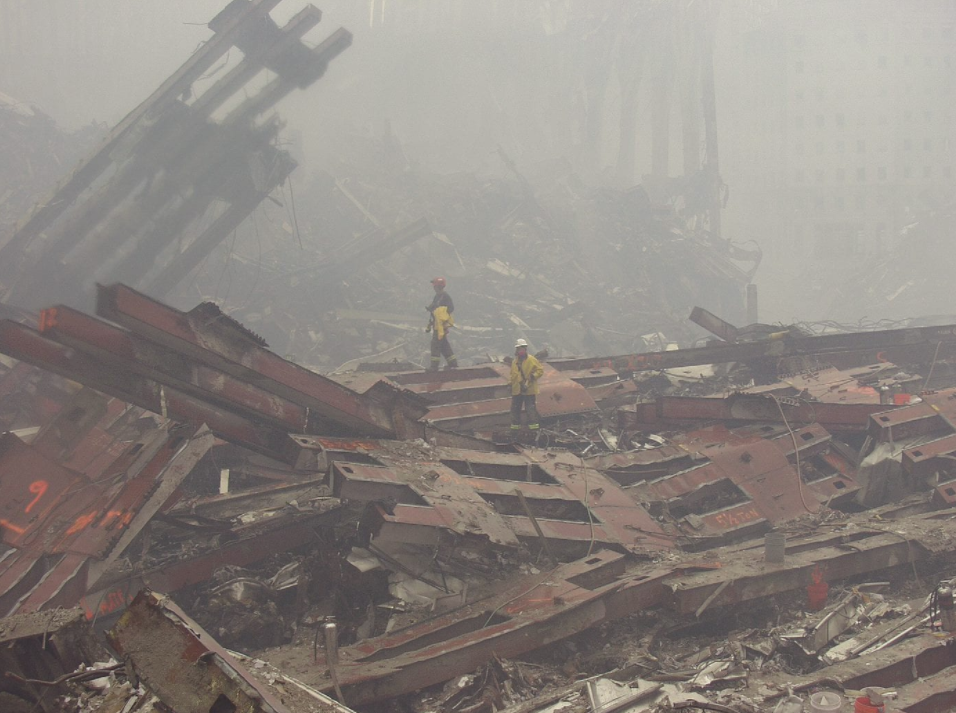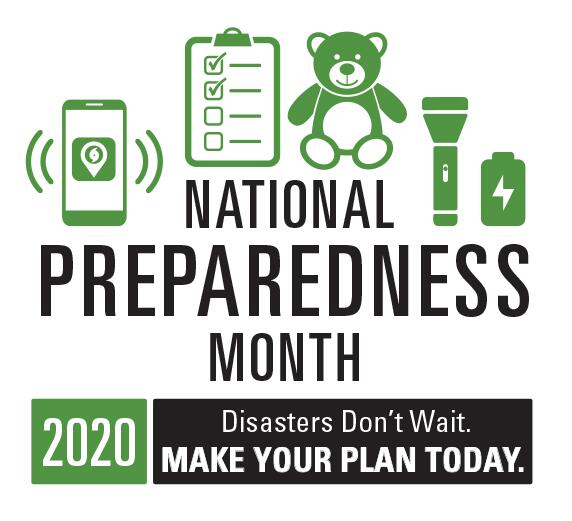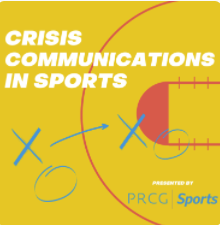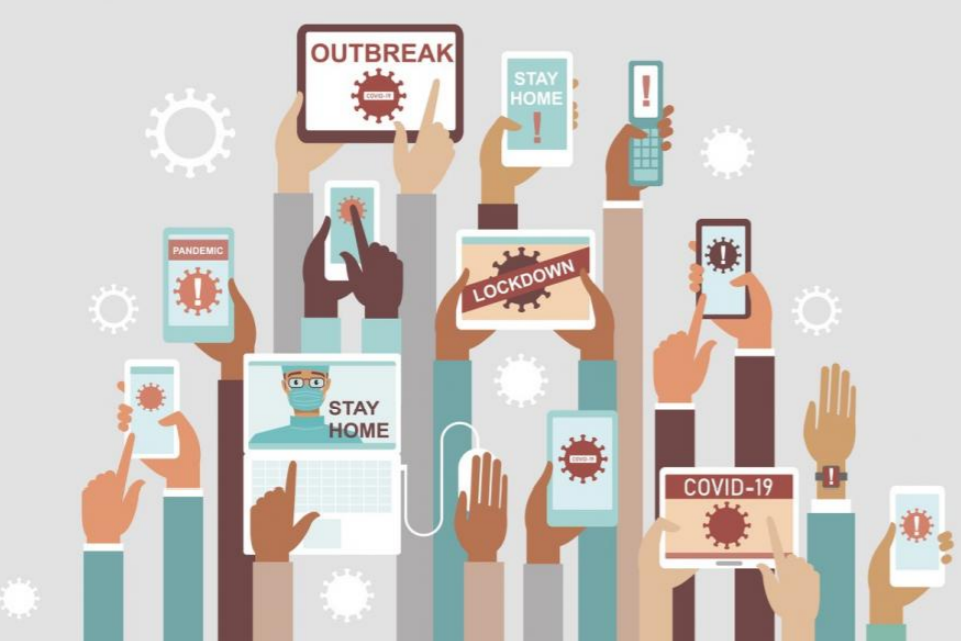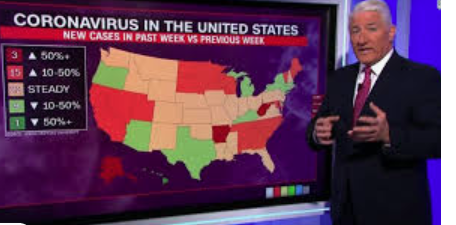
Bridget Johnson is the Managing Editor for Homeland Security Today. A veteran journalist whose news articles and analyses have run in dozens of news outlets across the globe, Bridget is a senior fellow specializing in terrorism analysis at the Haym Salomon Center. She writes in Homeland Security Today… When the planes hit the Twin Towers, […]

National Preparedness Month (NPM) is recognized each September to promote family and community disaster planning now and throughout the year. As our nation continues to respond to COVID-19, there is no better time to be involved this September. The 2020 NPM theme is: “Disasters Don’t Wait. Make Your Plan Today.“ For more information: www.ready.gov Week 1: […]

Amy Yee writes in the New York Times… Older people are vulnerable to misinformation online even under normal circumstances. But the coronavirus has made the problem especially urgent. Older people are more susceptible to the virus, making discerning reliable health information important now. “Misinformation is always heightened when there’s greater confusion. Particularly around Covid, there […]

Crisis Communications in Sports breaks down the latest news and crises in sports communications. Sports marketing veteran Jim Rocco and crisis communications strategist Isaac Benjamin offer their insight on dealing with sensitive situations and how to rectify problematic actions; whether it is dealing with the media, tone-deaf public statements, or complicated internal affairs. Episodes feature […]

The World Health Organization defines risk communications the exchange of real-time information, advice and opinions between experts and people facing threats to their health, economic or social well-being. The ultimate purpose of risk communication is to enable people at risk to take informed decisions to protect themselves and their loved ones. Risk communication uses many […]

From Dan Levin, writing in The New York Times… On the first day of school in Camden County, Ga., local Facebook groups were already buzzing with rumors that a teacher had tested positive for the coronavirus. The next day, a warning went out to school administrators: Keep teachers quiet. “Staff who test positive are not […]

From Oliver Roeder, writing for NiemanReports: In the normal course of human affairs, journalism is the first rough draft of history. In a pandemic, however, journalism is the first rough draft of the future. We are all sitting alone in our homes. We are also sitting somewhere in the mathematical foothills of coronavirus’s epidemic curve, staring […]

Tabitha Moses, a doctoral candidate at Wayne State University, offers an interesting approach to communicating about COVID-19, with lessons for business leaders, too. We see this war reflected in the language that gets used by politicians, policymakers, journalists and healthcare workers. As the “invisible enemy” rolled in, entire economies halted as populations “sheltered in place.” […]

It shouldn’t be this hard. The rules of risk and crisis communications are fairly simple: Tell the truth. Tell it all. Tell it first. Tell it fast. If the situation – or the science – is likely to change as more research is done, warn people ahead of time. And keep repeating that warning. So […]

By Nora Jacobs, Hennes Communications Pre-COVID, few of our clients had ever experienced a crisis event with the potential to threaten the very existence of their organization. Now, almost everyone we talk to has had first-hand experience managing disruptions in supplies, sales, finance, staffing, production, logistics, communications, marketing and technology. Some organizations have emerged stronger […]


